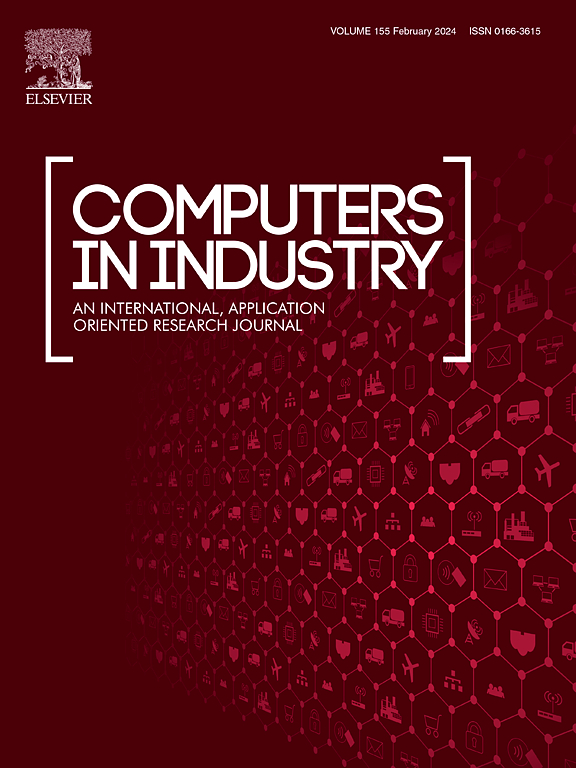A fuzzy feature integration-enhanced network for surface defect detection of no-service rails
IF 9.1
1区 计算机科学
Q1 COMPUTER SCIENCE, INTERDISCIPLINARY APPLICATIONS
引用次数: 0
Abstract
Surface defect detection on no-service rails is crucial for ensuring the safety and reliability of industrial manufacturing processes. Vision-based detection methods have seen significant progress in this domain. However, this task still faces significant challenges from the following aspects: (1) The great amounts of noise in rail surface defect images; (2) Great similarity between the foreground and background of defect images. Fuzzy logic, a significant technique in the automatic control, is effective for handling uncertain and imprecise features to improve the stability of detection systems. In this paper, we propose a novel approach by integrating fuzzy logic into deep neural networks for rail surface defect detection. First, we introduce a fuzzy logic-based feature enhancement module, where a Gaussian-based fuzzy strategy is utilized to improve feature representation. Next, we devise a fuzzy logic-based loss function tailored for fuzzy features which ensures that the fuzzy representation of features is beneficial for defect segmentation. Experimental validation using both RGB and RGB-depth images demonstrates the competitive and promising performance of our proposed approach compared to state-of-the-art models. Extensive validation on strip steel surface defect detection and salient object detection in natural images further confirms the effectiveness of our model and the application of fuzzy logic. Furthermore, this paper discusses the research significance and potential applications of the proposed methodology across various domains.
基于模糊特征集成的停运轨道表面缺陷检测网络
无服务轨道表面缺陷检测对于保证工业制造过程的安全性和可靠性至关重要。基于视觉的检测方法在这一领域取得了重大进展。然而,这项任务仍然面临着以下几个方面的重大挑战:(1)钢轨表面缺陷图像中存在大量的噪声;(2)缺陷图像的前景与背景相似性大。模糊逻辑是自动控制中的一项重要技术,它可以有效地处理不确定和不精确的特征,从而提高检测系统的稳定性。本文提出了一种将模糊逻辑与深度神经网络相结合的钢轨表面缺陷检测方法。首先,我们引入了一个基于模糊逻辑的特征增强模块,其中利用基于高斯的模糊策略来改进特征表示。其次,我们针对模糊特征设计了一个基于模糊逻辑的损失函数,以确保特征的模糊表示有利于缺陷分割。使用RGB和RGB深度图像的实验验证表明,与最先进的模型相比,我们提出的方法具有竞争力和有前景的性能。对带钢表面缺陷检测和自然图像中显著目标检测的大量验证进一步证实了该模型的有效性以及模糊逻辑的应用。此外,本文还讨论了该方法在各个领域的研究意义和潜在应用。
本文章由计算机程序翻译,如有差异,请以英文原文为准。
求助全文
约1分钟内获得全文
求助全文
来源期刊

Computers in Industry
工程技术-计算机:跨学科应用
CiteScore
18.90
自引率
8.00%
发文量
152
审稿时长
22 days
期刊介绍:
The objective of Computers in Industry is to present original, high-quality, application-oriented research papers that:
• Illuminate emerging trends and possibilities in the utilization of Information and Communication Technology in industry;
• Establish connections or integrations across various technology domains within the expansive realm of computer applications for industry;
• Foster connections or integrations across diverse application areas of ICT in industry.
 求助内容:
求助内容: 应助结果提醒方式:
应助结果提醒方式:


